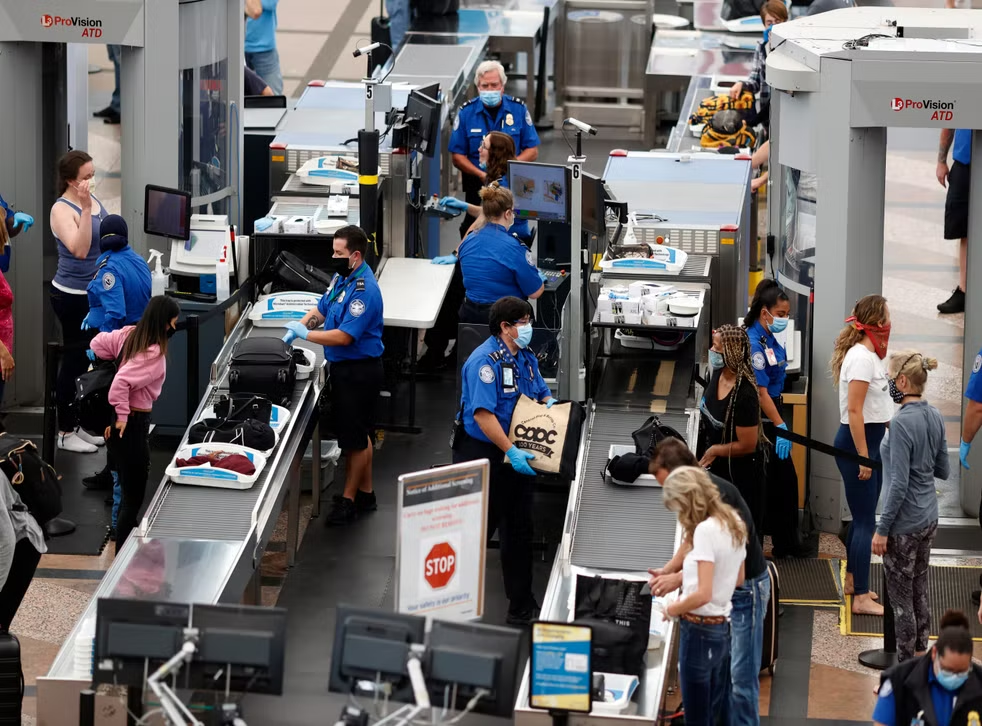Aviation Security
TSA layers of security are the different measures that the Transportation Security Administration (TSA) puts in place to protect travelers. The TSA has a layered approach to security, which means they have multiple layers of protection in order to keep you safe while traveling.
TSA Layers of Security TSA has three layers of security: the first layer is called Screening, and this is what most people think of when they hear “security.” The second layer is called Pre-Check, which allows you to bypass some of the lines at airports by getting a trusted traveler program (TTP). The third layer is known as TSA Pre check, which allows you to get through airport security faster with a trusted traveler program (TTP).
Another layer of U.S aviation security is the no- fly list and passenger pre screening program (NSPP). The no-fly list is a database maintained by the Federal Aviation Administration that contains the names of people who are not allowed to fly in or out of any airport, even if they have valid IDs. Passengers on NSPP must be screened with a full- body scanner before boarding.
The passenger pre screening program was created in response to 9/11 and allows passengers to go through security more quickly at airports by using an automated kiosk instead of going through traditional screening methods.
The reason that aviation security takes all these measures is just to keep people safe when flying, 9/11 played. Major part in increasing our security so we can’t prevent things like that from happening
How TSA prevents fake documents. TSA has a few ways to prevent fake doc fraud. The first is by making sure the person who is presenting themselves as an official TSA agent and/or police officer, are in fact who they say they are. This is done by verifying their identity with a government-issued ID card or driver’s license. Second way that prevents fake doc fraud is by checking all of the information on the IDs and licenses to make sure it matches up with what’s on file from other government agencies such as Social Security Administration (SSA) and Department of Motor Vehicles (DMV).
The Transportation Security Administration has implemented a number of programs in an effort to improve security at airports. The TSA's Primary Flight Screening Program, which began in 2002, requires all passengers flying within the United States or its territories to go through screening before they board their planes. This is done by using a walk-through metal detector that scans for concealed weapons and explosives. Passengers who choose not to use this program must undergo additional screening measures, including being patted down by
hand.

Comments
Post a Comment